The first rays of sunlight illuminate the magnificent temples of Angkor.
The majestic sacred realm
Once the capital of several Khmer kingdoms from the late 9th to the 15th centuries, Angkor is considered by researchers to be the world 's first megacity. The grandeur of the Khmer capital was recorded by a contemporary witness, Zhou Daguan, a Yuan Dynasty scholar, in his book " Records of the Customs and Geography of Chenla," recounting his trip to Angkor in 1295: “Within the city stood a golden tower, surrounded by more than 20 stone towers, over 100 stone houses, all facing the golden bridge to the east. On either side of the bridge were two golden lion statues, and eight golden Buddhas below the row of stone houses… Merchant ships from all over arrived, praising the 'Wealth and Prosperity of Chenla,' referring to this place.” These descriptions of the magnificent capital, when compared with the present-day reality, show that they were not exaggerated.
Tree roots cover the Ta Prohm temple.
Angkor is a Buddhist complex influenced by Hindu architecture, comprising Angkor Wat (the temple city) and Angkor Thom (the grand city), along with over 1,000 temples scattered throughout the region. Angkor Wat, built in the 12th century, has a nearly square rectangular floor plan and an exceptionally perfect geometric structure. Within an outer sandstone wall with a circumference of 3.6 km lies a three-tiered temple complex with five towers, the central tower reaching 65 meters in height, symbolizing Mount Meru in Hinduism and Buddhism. To reach the top level of the Angkor Wat complex, visitors must climb steps with an unusually steep incline of up to 45 degrees. The carefulness in each step seems to intensify the overwhelming sense of awe at the majesty of this sacred realm, contrasting sharply with the mundane nature of human existence.
The smile of silence
While Angkor Wat achieved a classic form and became a national symbol, appearing on the national flag, Angkor Thom, with the Bayon temple at its center, represents the pinnacle of artistic spirit. The remaining 54 towers are carved with 216 colossal faces, all sharing a serene expression and a tranquil smile. Also featuring a structure that gradually rises towards the center, viewed from afar, the temple resembles a silent gathering of giants amidst the ancient forest.
That's only half the journey to explore Angkor, as there's a vast area of ruins including the Elephant Terrace, the Leper King's Terrace, the Baphuon Temple – once considered the Forbidden City, the king's residence – and dozens of other relics showcasing their splendor, even if only remnants of giant elephant statues or statues embracing the Naga serpent on either side of the entrance gates remain. Outside the Angkor Thom walls are other famous temples that have been rediscovered since Cambodia opened up to tourism , among which Ta Phrom and Preah Khan are particularly noteworthy because, after centuries of neglect, they were overgrown by giant cottonwood and banyan trees, their roots resembling giant pythons constricting the stone structures. They became a spectacular scene in the fantasy adventure film Lara Croft: Tomb Raider , starring Hollywood star Angelina Jolie in 2001.
Stone sculptures depicting Apsara dancers.
Oh, what a beautiful dance and image of the country!
But the most exquisite beauty of Angkor lies in its Apsara dancer statues and carvings. Everywhere, from the long corridor walls to the narrow crevices between the Bayon stone towers, one can find carved depictions of stories, such as the 2.5-meter-high, over 800-meter-long mural – the longest handcrafted stone carving in the world – depicting stories from Brahmanical scriptures, the military exploits of King Suryavarman II, and countless stories from the classic Indian epics Mahabharata and Ramayana.
“ Apsara, oh, the dance, the image of the land! ” (excerpt from the song " The Volunteer Soldier and the Apsara Dance" by musician Minh Quang). Indeed, 1,700 Apsara dancers in the poses of the famous dance, with their beautiful faces and perfect bare breasts, soften the roughness of the stone and the solemn, melancholic atmosphere. Meanwhile, the Banteay Srei temple (Temple of the Ladies), located 25km north of Angkor Thom, is unique for the feminine nature of its sculptures made of red sandstone. The rare red stone color contrasts with the blue, yellow, and gray stones of the majority of the complex, as well as the dancing figures and intricate vine-like patterns, creating an allure in the internal “competition” among the 45 Angkor monument clusters.
Continuing 14km towards the sacred Kulen mountain is the Kbal Spean stream, with thousands of lingas carved in 1050, embodying the ancient Khmer belief that bathing in this stream would bring health and many children. Visitors are constantly amazed to discover the boundless creativity of the masters of a forgotten civilization that has reappeared in glory, like a rebirth.
Returning to the charming city of Siem Reap, amidst the hustle and bustle of a modern, global tourist destination, those who love the past can still imagine the sunset casting its light on the smiling faces of the Bayon Tower, following the river flowing through familiar streets bearing the imprint of colonial architecture.
Source: https://heritagevietnamairlines.com/nhung-thap-da-mim-cuoi/





![[Photo] Prime Minister Pham Minh Chinh attends the Conference summarizing and implementing tasks of the judicial sector.](/_next/image?url=https%3A%2F%2Fvphoto.vietnam.vn%2Fthumb%2F1200x675%2Fvietnam%2Fresource%2FIMAGE%2F2025%2F12%2F13%2F1765616082148_dsc-5565-jpg.webp&w=3840&q=75)







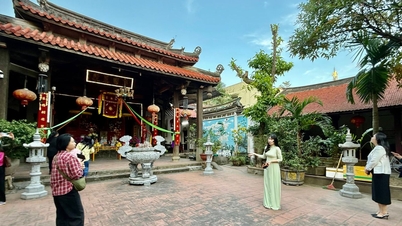











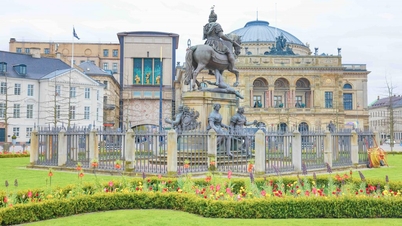
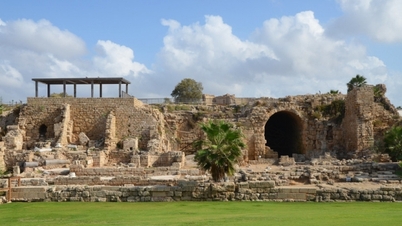





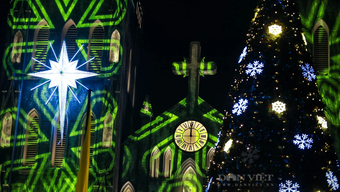

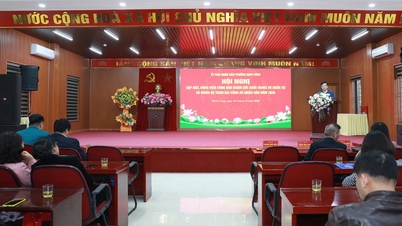















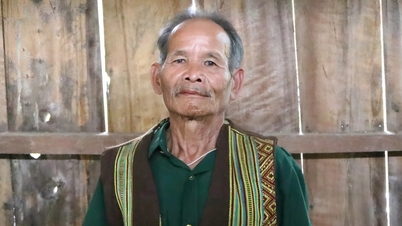











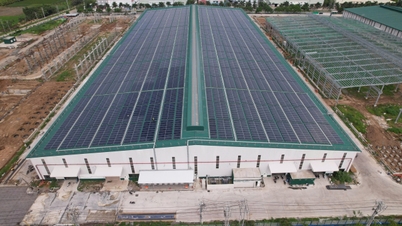



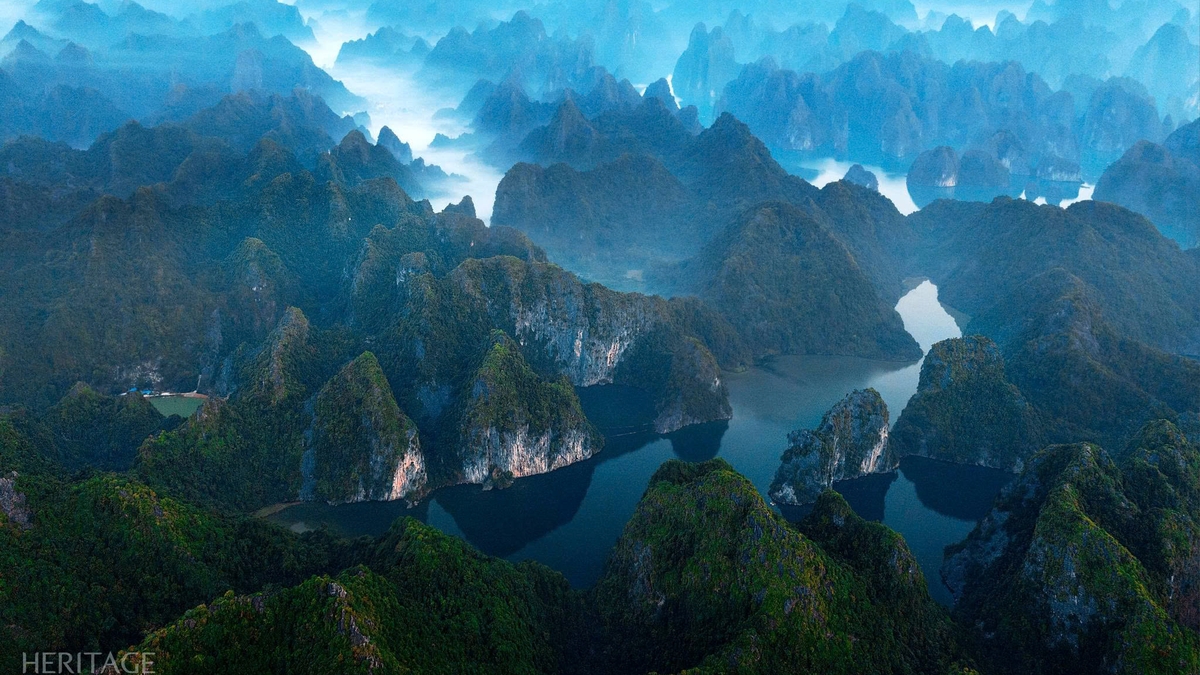


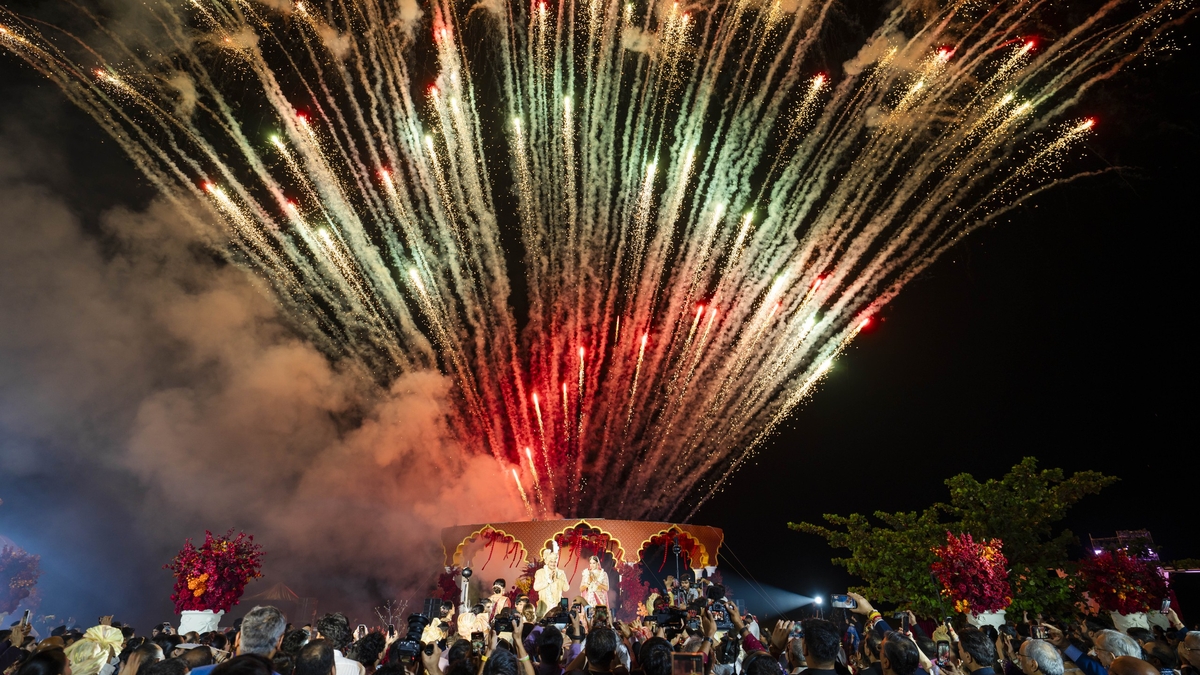
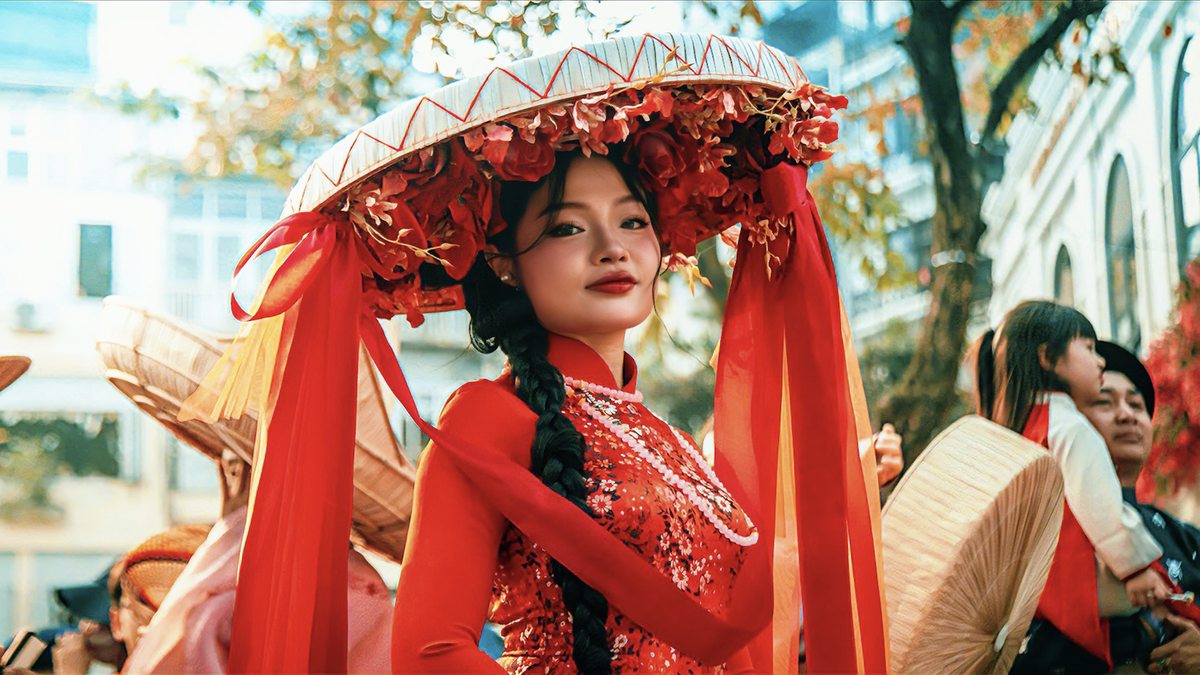





















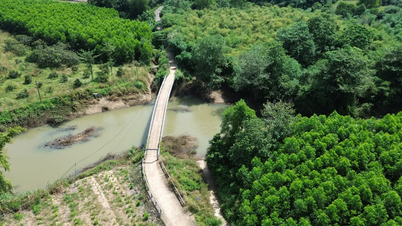


















Comment (0)